The second stop of my Arctic trip was about three scant hours in drizzly Longyearbyen, a town on the archipelago of Svalsbard, about halfway between Norway and the North Pole. Although it only has about 2000 residents, Longyearbyen is an important outpost for researchers working in the Arctic, and as such boasts a university and an international airport.
We flew into said international airport and were greeted by a stuffed polar bear in the baggage claim area. (The little stuffed dog on the carousel is my friend Trish’s other travel companion, Rufus, who features in many of her travel photos.)
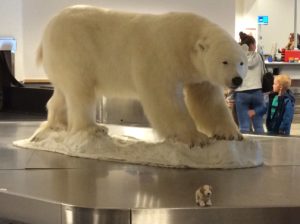
Longyearbyen polar bear
A bus whisked us through the drizzle on a quick tour of the town, which was founded in the early 1900s on coal mines. At least one of these is still in production, and our guide pointed out the long line of supports used to hold up a system of cables that historically moved bins of coal from mine to shipyard. A couple of small herds of reindeer grazed near the side of the gravel road, so common that the guide didn’t even mention them until someone asked what they were! I didn’t bother trying to take photos from the bus, assuming that we would see other reindeer during our first few days of the voyage.
We eventually arrived at a dog yard where sled dogs, still an important part of the transportation equation in the Arctic, are housed. I had been warned since childhood that sled dogs were vicious and unpredictable and should never be approached. So I was amazed when the guide invited us to walk among the dogs, each of which was attached by a short chain to its own little house, and pet them! (The guide did warn us that they would probably jump on us and get our clothes dirty.)
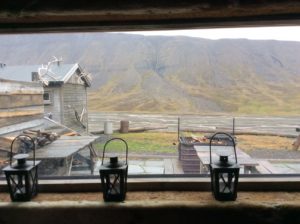
Longyearbyen trapper’s outpost
The pooches were eager for the attention and contact. As visitors petted and dogs wagged — just two days into my trek I already missed my beloved Boomer! — the guide explained how important sled dogs still are in the Arctic, where snowmobiles and other machines break down all too often. He explained that although they aren’t treated as pets, sled dogs are very well cared for and prized. In recent years many dog team handlers have abandoned the older, harsher ways with their dogs for a more positive-training approach.
The small buildings at the dog yard were replicas of huts that would be found in a trapper’s or hunter’s outpost, complete with reindeer racks and curing furs on the walls and several seal carcasses hanging out front. For the last couple of centuries, hunters and trappers in the Arctic have gotten from one hunting ground or trap to another via sled dogs during the snowy months, a practice that continues today. This outfit was situated high on a hill and had a magnificent view of a wide river valley.
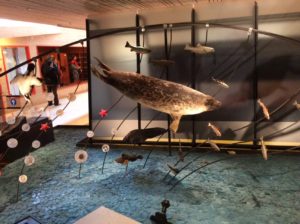
Longyearbyen Museum
Our second stop was at the Longyearbyen Museum. Located on the university campus, it’s a gem of a museum. Small in square footage but rich in artifacts, the history of the area — which is largely the story of the extraction of natural resources — unfolds in exhibits all around the perimeter of one open-plan exhibit hall. The interior space of the hall houses natural history exhibits. Visitors traipse across raised walkways to view stuffed Arctic animals resting on or under cleverly fabricated plastic ice floes. One of the highlights was a fabulous sculpture elucidating the Arctic food web. We only had about half an hour to visit; I would have been happier with half a day!
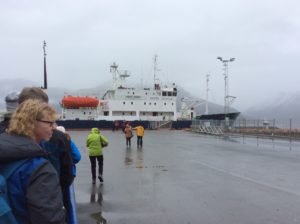
our first glimpse of Polar Pioneer
Our final stop was at the wharf to board Polar Pioneer, the little ice-strengthened former marine research vessel that was to be our home for the next two weeks.
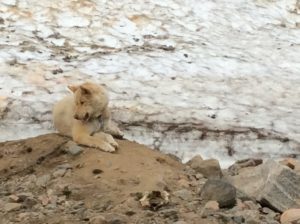

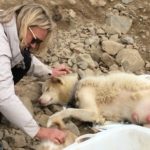
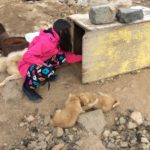
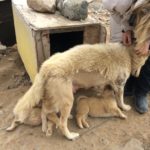
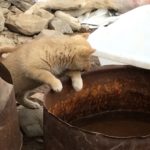
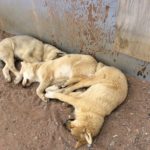
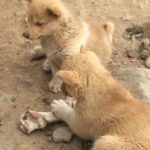




Recent Comments